Walled City displays glorious history of Lahore
By Faizan Javed
March 5, 2020 02:56 PM

Enclosed within thirteen gates is the marvel city of old Lahore in Pakistan. It is the real Lahore which dates back to antiquity and some historians claim that it was named after the birth of Prince Loh son of Ram and Sita.
It was also the Brahmanabad city, then got invaded by Subuktagin, later it was captured by Mahmood of Ghazna, again conquered by Shahbud din Ghauri, was ransacked by Mongols and remained with Khiljis, Tughlaqs and Lodhi Dynasties.
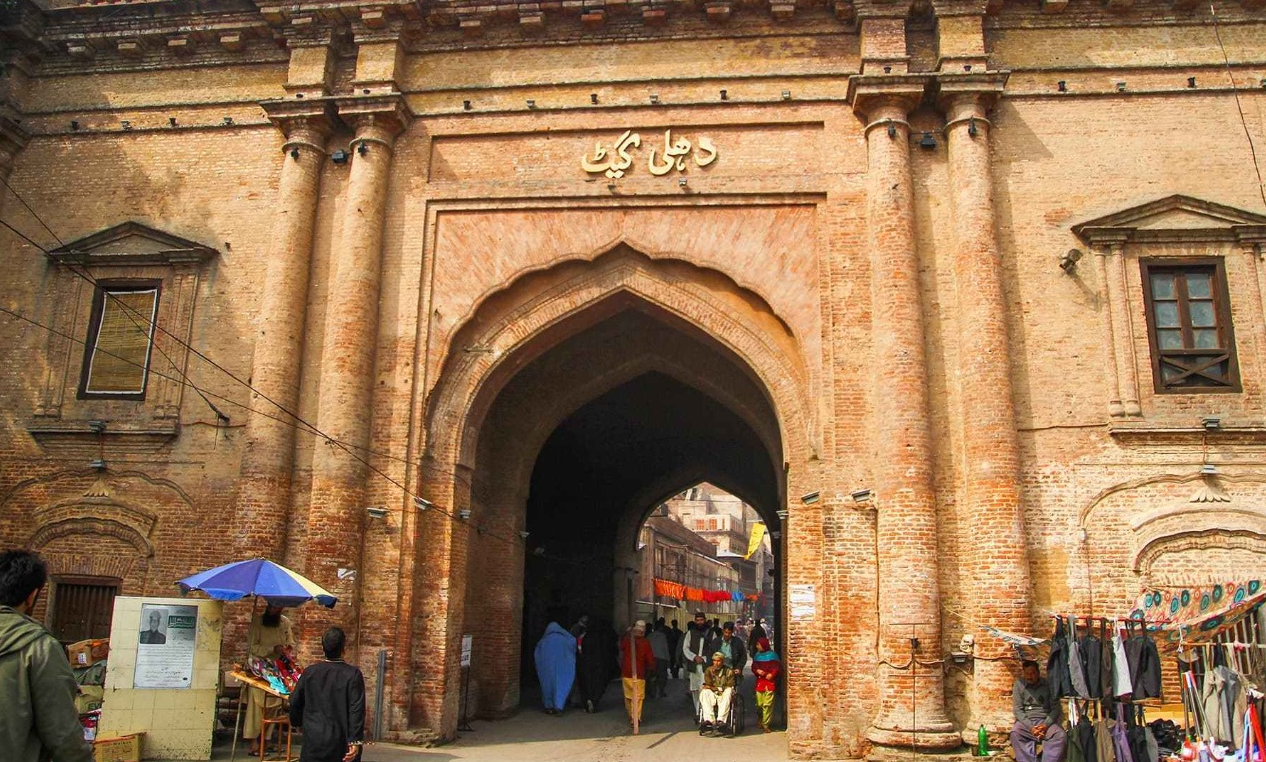
This city reached its zenith during the Mughal Rule in the sub-continent. The Mughal emperor Akbar rebuilt the mud fort of Ghaznavi period.
The Mughal emperor Akbar laid the foundations of the present Androon Lahore or the Walled City of Lahore. He built thirteen gates around the city and connected them with a thirty feet high fortified wall.
The gates were Dehli Gate, Yakki Gate, Sheranwala Gate, Kashmiri Gate, Masti Gate, Roshnai Gate, Lohari Gate, Bhati Gate, Shah Almi Gate, Akbari Gate, Mochi Gate and Taxali Gate along with a Mori.
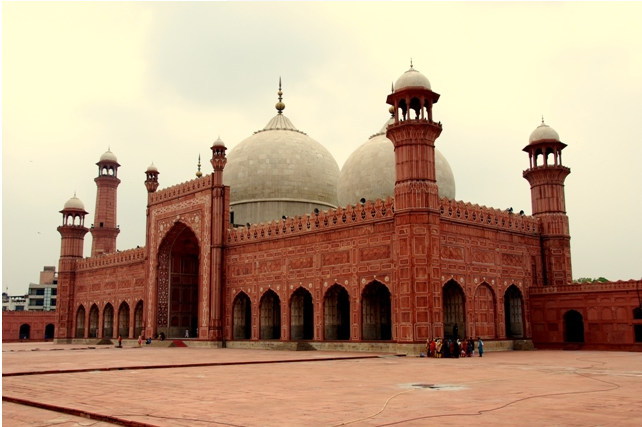
There comes Ranjit Singh and fifty years’ Sikh rule from (1798 - 1848). The Sikh rule after Ranjit Singh was turbulent and factional fighting destroyed peace and prosperity of Lahore and then finally the British took over it in 1848 and after 99 years of British rule, Lahore became the second-largest city and cultural capital of Pakistan.
The Sikhs added in more buildings and religious sites like Gurdawara and Janam Asthan and a number of monuments in Lahore Fort.
Then came the British who demolished the high walls of the city and pulled down the gorgeous gates and built the circular garden and road around the city and today we are using it.
In the early 1900s the British rebuilt the thirteen gates with a different architecture from the ones of Mughal era, and these are the gates we see today. Few gates were burnt and few collided with the passage of time and at present, we have only six of them.
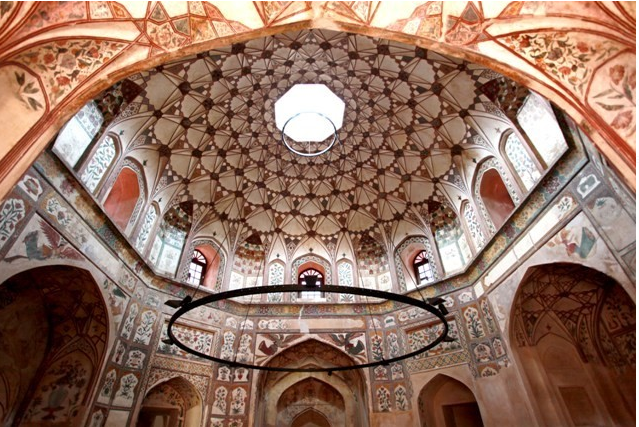
Out of these the only Mughal era gate is the Roshnai Darwaza which is next to the Samadhi of Maharaja Ranjeet Singh.
All major monuments, buildings, Havelis and gardens of Lahore are of Mughal period, during which Lahore touched its glory.
The only contribution of Sikh period is Ranjit Singh Smadh. British ignored the walled city of Lahore and created a new Lahore on its southern side.
This includes The Mall, Civil Lines and Cantonment. They constructed several buildings with an architecture blended with Muslim and Gothic motive.
The Walled City of Lahore, the original seat of political authority and cultural traditions is one of the most colourful cities of the region. A few like Isfahan and Dehli match a little to its excellence.
The walled city has pages of history imprinted on its buildings, monuments, mosques and maze-like network of streets.
Colourful cultural life has shades of almost every ruling elite and generation like music, food, dance, political awareness, religious sentiments and poetic flair of common people.
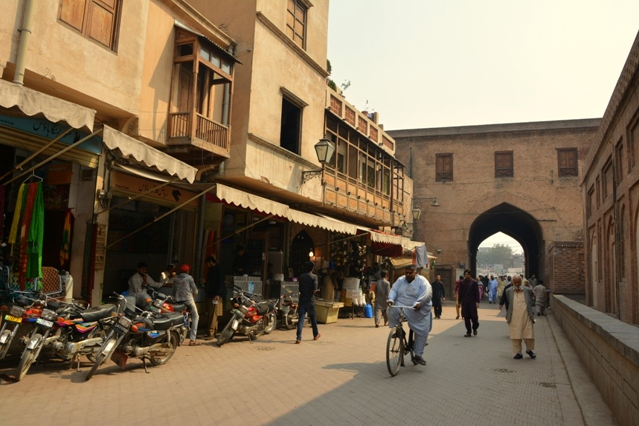
Walled City of Lahore, which no doubt is among the oldest settlements, is a universe of monuments, havelis, cuisines, bazaars, ethnicity and traditions and all these features make it a living heritage.
The Walled City of Lahore has many wonders inside it and also the world-class monuments like Lahore Fort, Shahi Hammam, Wazir Khan Mosque, Badshahi Mosque, Mariam Zamani Mosque, Neevin Masjid, Samadhi of Maharaja Ranjeet Singh, Janam Asthan Guru Arjun Ram, Oonchi Masjid, Golden Mosque, Moran Sarkar Masjid and Baoli Bagh.
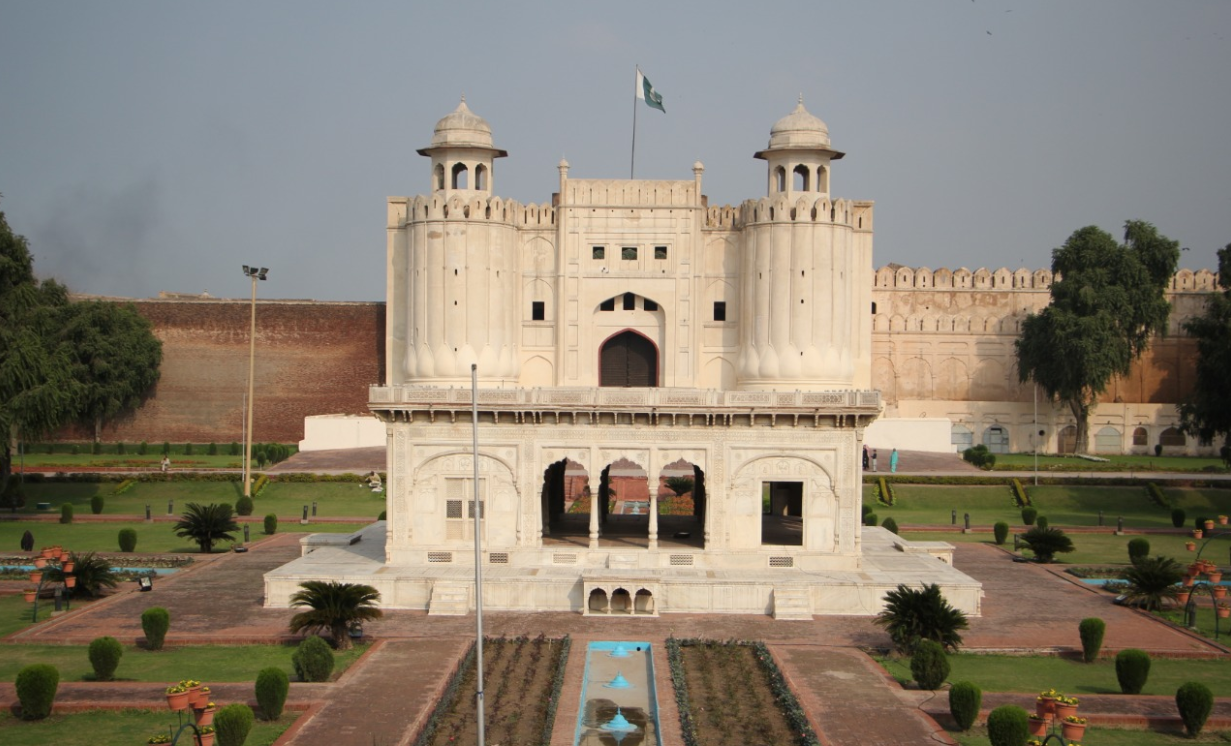
The havelis of Dina Nath, Mian Sultan, Mian Khan, Bej Nath, Nau Nehal Singh, Jamadar Khushhal Singh, Dhyan Singh, Shamsher Singh, Kharak Singh, Kabuli Mal, Noori Manzil, Qamar Manzil, Barood Khana, Faqir Khana and many more are the noticeable structures and features of the city.
The unusual narrow streets of the city are another wonder. These streets were made for defensive purposes in labyrinth style to hamper the movement of the attackers entering the city.
In these streets, you will see the closely knitted neighbourhood and a matchless family system. While visiting these streets you will get to know the true essence of the culture of the Walled City of Lahore.
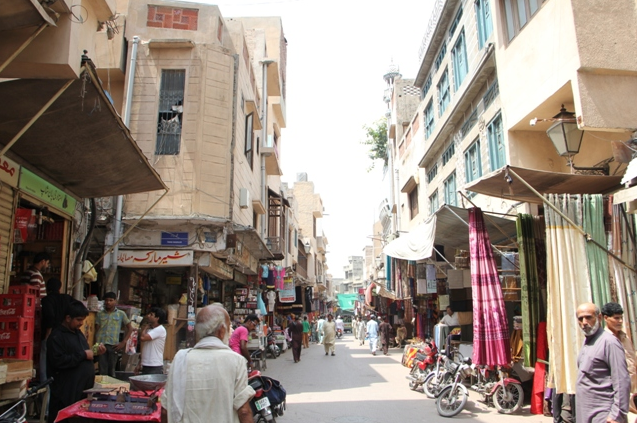
This city is a unique part of the present Lahore and still many people are unaware of this interesting maze-like city.
You can get a guided tour of this city if you contact the Walled City of Lahore Authority, a government organization working for the rehabilitation and preservation of this city.






 Punjab governor appoints Lt Gen (retd) Abdul Aziz as PPSC Chairman
Punjab governor appoints Lt Gen (retd) Abdul Aziz as PPSC Chairman Reason behind Shruti Haasan and Santanu Hazarika's separation after 4 years
Reason behind Shruti Haasan and Santanu Hazarika's separation after 4 years Life is too short for leaks, Yashma Gill’s latest video ignites criticism
Life is too short for leaks, Yashma Gill’s latest video ignites criticism 20 passengers perish in Chilas bus plunge
20 passengers perish in Chilas bus plunge Parineeti Chopra's husband Raghav Chadha undergoes ‘dangerous’ eye surgery in UK
Parineeti Chopra's husband Raghav Chadha undergoes ‘dangerous’ eye surgery in UK Are Aftab Iqbal and Kapil Sharma coming together?
Are Aftab Iqbal and Kapil Sharma coming together?




